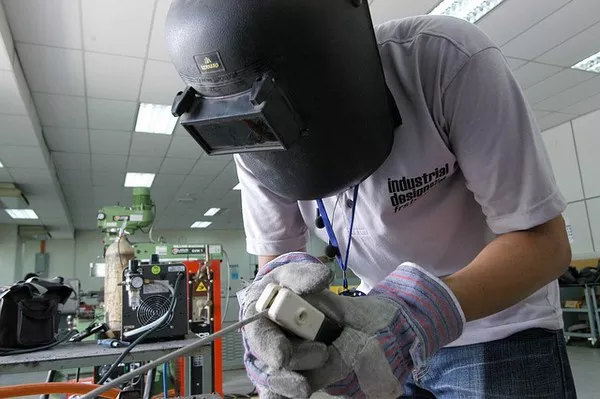Refrigeration systems are integral to various industries, providing essential cooling and temperature control for preserving perishable goods, maintaining comfortable environments, and facilitating industrial processes. Understanding the basic principles of refrigeration is crucial for comprehending the functionality of these systems and their significance across different sectors.
Basic Principles of Refrigeration
At its core, refrigeration involves transferring heat from one area to another, typically from a low-temperature environment to a higher one. This process relies on the properties of refrigerants, substances capable of absorbing and releasing heat efficiently. By manipulating pressure and temperature, refrigeration systems can achieve desired cooling effects.
Importance of Refrigeration in Various Industries
The importance of refrigeration spans across diverse sectors, including food and beverage, healthcare, manufacturing, and HVAC (heating, ventilation, and air conditioning). In the food industry, refrigeration preserves freshness, extends shelf life, and ensures food safety. In healthcare, it facilitates the storage of medications, vaccines, and biological samples. Additionally, refrigeration plays a crucial role in maintaining optimal conditions for industrial processes and creating comfortable indoor environments.
Overview of the Four Main Components
A typical refrigeration system comprises four main components: the compressor, condenser, expansion valve, and evaporator. Each component performs a specific function in the refrigeration cycle, working together to achieve efficient cooling.
Compressor: Function and Types
The compressor is the heart of the refrigeration system, responsible for circulating refrigerant throughout the system. It compresses the low-pressure vapor refrigerant into a high-pressure gas, raising its temperature in the process. Common types of compressors include reciprocating, rotary, scroll, and centrifugal, each offering unique advantages in terms of capacity, efficiency, and application.
Condenser: Role in the Refrigeration Cycle and Different Designs
The condenser receives high-pressure, high-temperature refrigerant vapor from the compressor and condenses it into a liquid by transferring heat to a cooling medium, such as air or water. Condensers come in various designs, including air-cooled, water-cooled, and evaporative, catering to different operational requirements and environmental conditions.
Expansion Valve: How It Regulates Refrigerant Flow and the Various Kinds
The expansion valve regulates the flow of refrigerant into the evaporator, maintaining a controlled pressure drop and temperature reduction. Common types of expansion valves include thermostatic expansion valves (TXVs) and electronic expansion valves (EEVs), each offering precise control over refrigerant flow rates and superheat levels.
Evaporator: Its Purpose and How It Absorbs Heat
The evaporator absorbs heat from the refrigerated space, causing the refrigerant to evaporate and turn into a low-pressure vapor. This process extracts thermal energy from the surroundings, effectively cooling the desired area. Evaporators are available in different configurations, such as finned tube, plate, and shell-and-tube, catering to specific applications and space constraints.
Detailed Explanation of Each Component
Understanding the working principles, common designs, and materials used for each component is essential for ensuring optimal performance and reliability of refrigeration systems. Proper maintenance and troubleshooting techniques can help identify and address potential issues before they escalate, minimizing downtime and costly repairs.
The Refrigeration Cycle
The refrigeration cycle comprises four main stages: compression, condensation, expansion, and evaporation. This cyclic process enables the continuous transfer of heat from the refrigerated space to the surroundings, maintaining desired temperature levels efficiently. Diagrams illustrating the refrigeration cycle can aid in visualizing the sequential flow of refrigerant and understanding each stage’s significance.
Technological Innovations
Recent advancements in component design focus on enhancing energy efficiency, sustainability, and operational flexibility. Innovations such as variable-speed compressors, electronic expansion valves, and advanced refrigerants contribute to reducing energy consumption, minimizing environmental impact, and improving overall system performance.
Common Applications
Refrigeration components find applications in various refrigeration systems, including commercial refrigeration, air conditioning, industrial refrigeration, and transport refrigeration. Case studies and real-world examples demonstrate the versatility and adaptability of these components across different industries and operational scenarios.
Conclusion
In conclusion, refrigeration systems play a vital role in modern society, enabling the preservation of perishable goods, maintaining critical processes, and enhancing comfort levels. Understanding the fundamental principles and components of refrigeration systems is essential for optimizing performance, ensuring reliability, and meeting diverse application requirements. As technology continues to evolve, the future outlook of refrigeration technology remains promising, with ongoing advancements driving efficiency, sustainability, and innovation in the industry.

